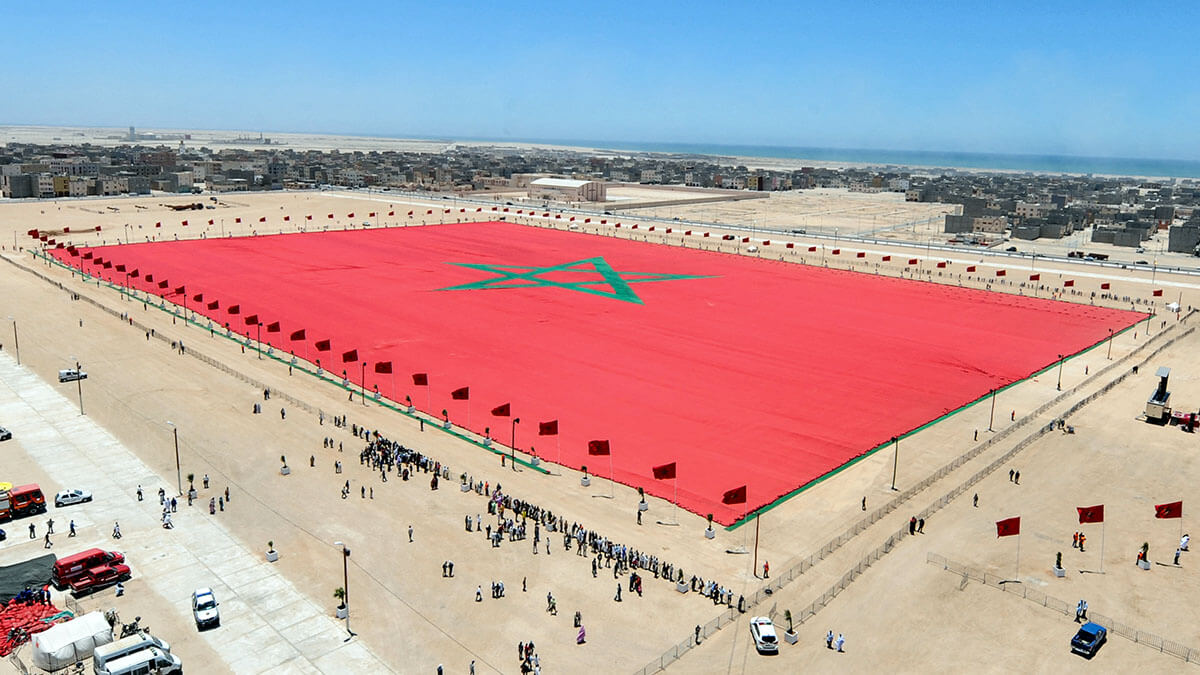Morocco’s Gross Domestic Product (GDP) reached 1,463 billion dirhams (139 billion euros) in 2023, representing a 10 % growth compared to 2022, according to data provided by the High Commissioner for Planning.
The main growth in Moroccan GDP last year came thanks to the contribution of Moroccan companies, both financial and non-financial, which are the main Moroccan economic engine in creating national wealth. This contribution amounted to 45.1 % of Morocco’s Gross Domestic Product, according to official figures.
Continuing with the official data, the public administration sector accounted for 15.2 % of GDP instead of 16.3 % the previous year, according to the same source, indicating that the share of households and non-profit institutions in serving households amounted to 29.6 % of GDP instead of 28.6 % the previous year.
Taxes, net of production and import subsidies, increased by 0.5 percentage points from 2022 to 10.1 % of GDP.
In terms of gross national income, it increased by 9.7% in 2023 to 1,575 billion dirhams.

The positive development is related to the increase in the total income of enterprises (financial and non-financial) by 10.5 %, together with that of households and non-financial institutions by 9.7 % and that of general government by 8.9 %.
Total household disposable income increased by 9.6 % in 2023 to MAD 996 billion, compared to an increase of 4.6 % in 2022. Employees’ salaries contributed 45 % to this income, an increase of 5 %. Good news therefore for Moroccan families, who have more resources overall in terms of income and income received in 2023, compared to 2022.
Mixed income, including gross surplus from housing services, represents 40% of total household income and increased by 14%.
In addition, net property income recorded a strong increase of 26%. This income, in addition to social benefits and other net transfers, contributed 31.9% of total household income.

However, taxes on income and wealth, which mainly consist of taxes on wages and social contributions, contributed – 16.9 % to household disposable income. This suggests that the tax burden was higher for Moroccan citizens, which would be related to higher withholding taxes in the face of higher incomes.
Household final consumption expenditure absorbed 88.9% of total household disposable income. Thus, the household saving rate reached 11.4 %.
Per capita household disposable income reached 26,903 dirhams in 2023, up from 24,791 dirhams in 2022, registering an increase of 8.5 %. Following the variation of the General Consumer Price Index of 6.1 % in 2023, the purchasing power of families improved by 2.4 points after the 3 points drop recorded in 2022, as indicated by official figures.
Another good economic indicator for families that shows that the economic performance of Moroccan households is still on the rise, in line with macroeconomic data showing a higher GDP for Morocco in the last year.





